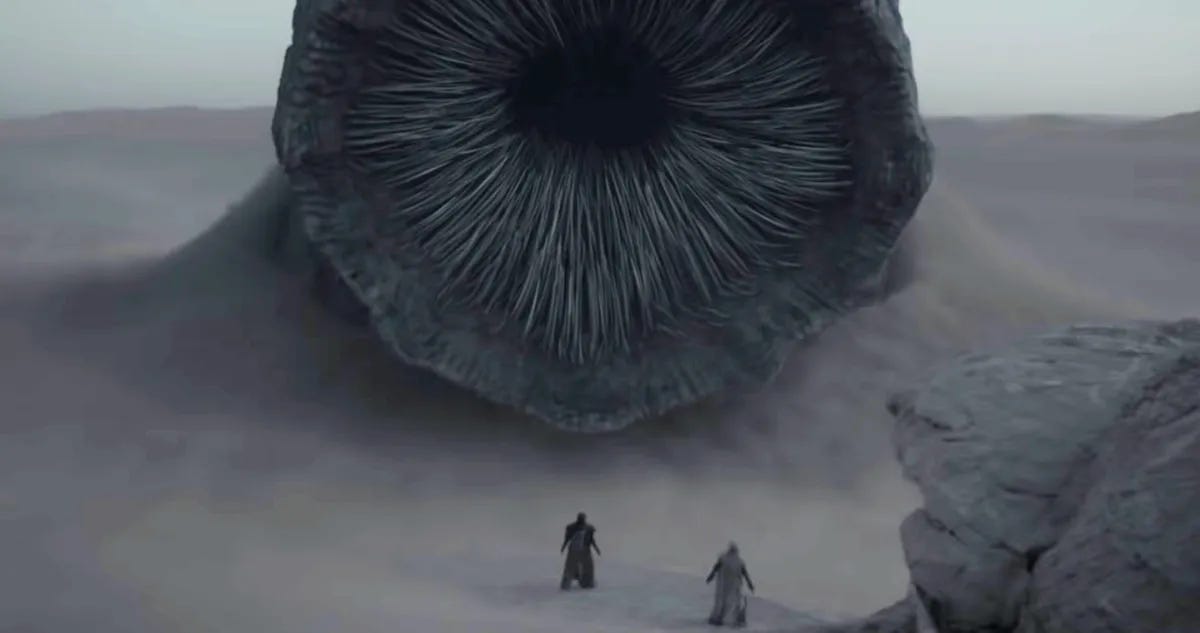Dune is a Majestic Defense of Going to the Movies
Save the cinemas!
Dune is an impressively executed film. It is, however, only half a story, and for that reason I walked out knowing that I admired what I had seen without being totally sure I had loved it. My literary friends assure me that the forthcoming sequel will tie the narrative strands together in a satisfying way. I’m looking forward to it. There’s something po…



